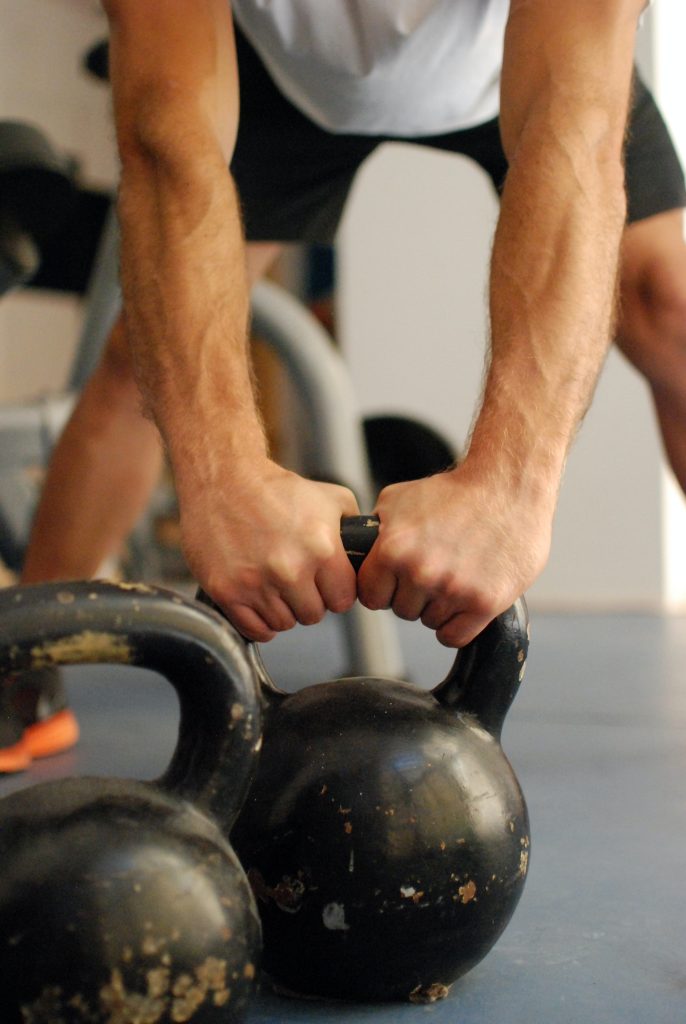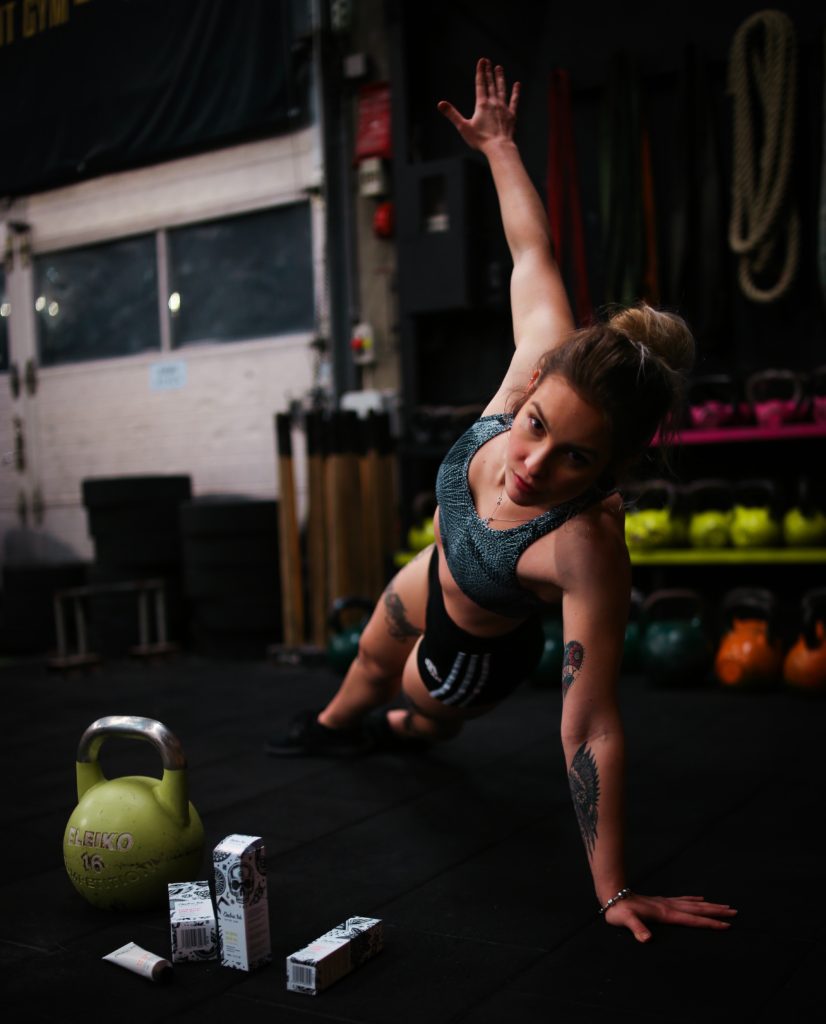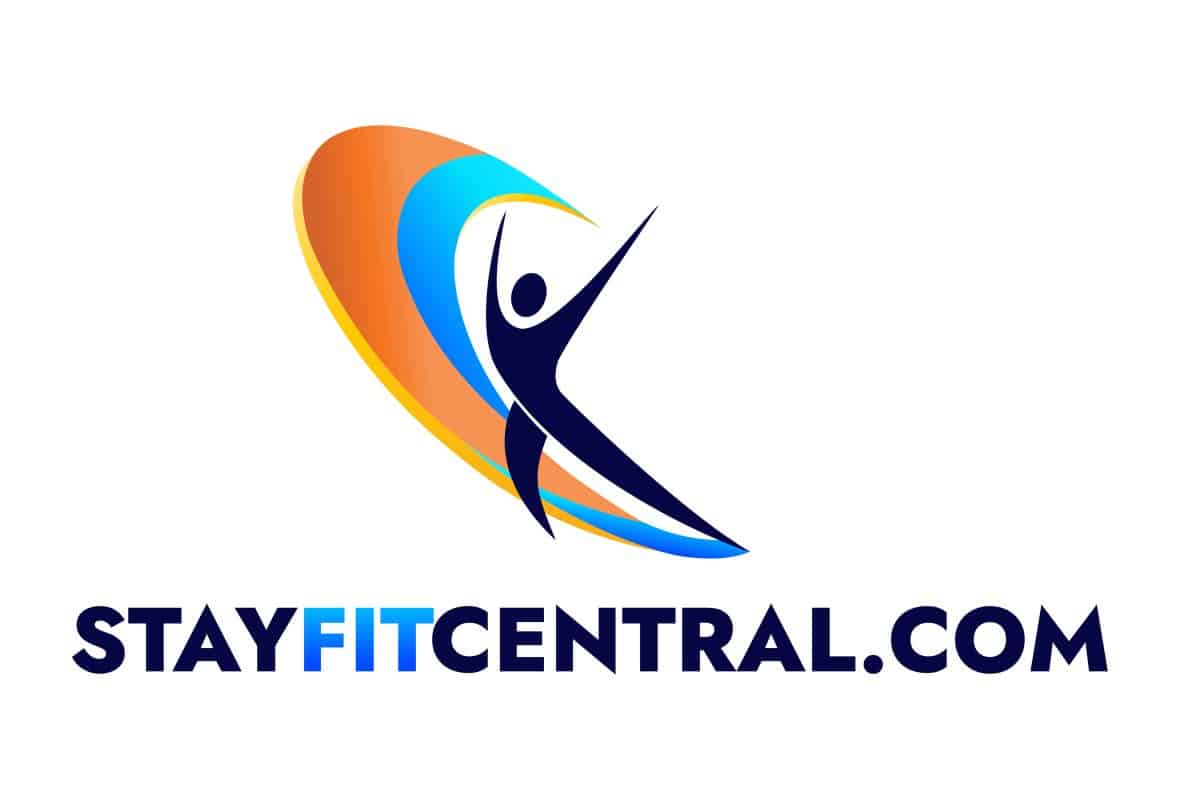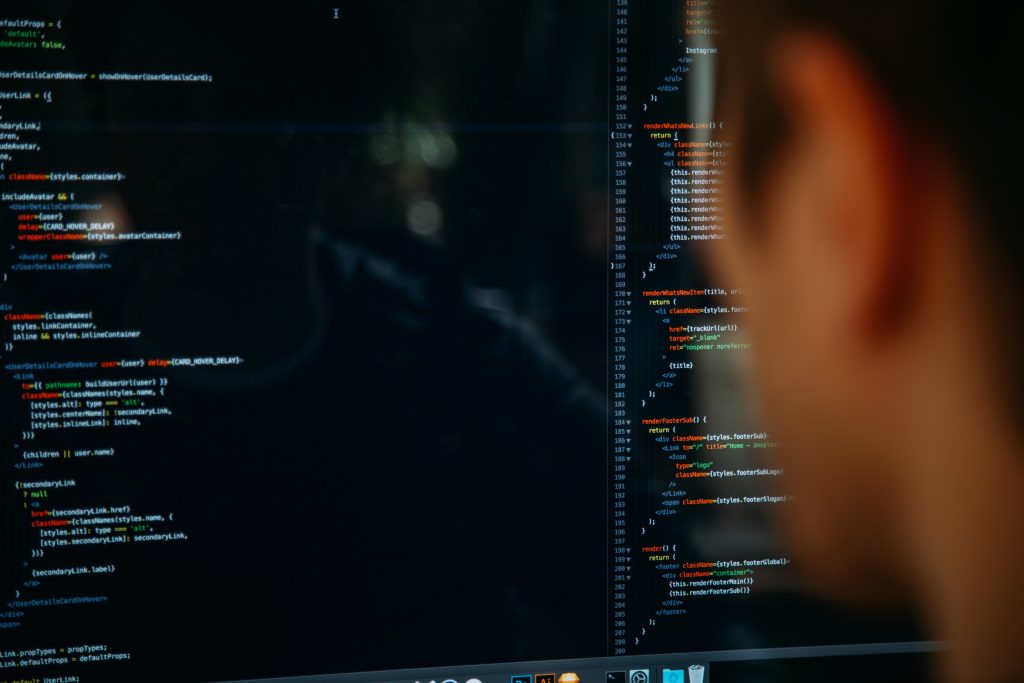Kettlebell Workouts
Can ChatGPT Write Your Kettlebell Workout?
I’ve been reading a lot and experimenting with ChatGPT for quite a while. It’s pretty amazing. You can ask it to answer questions about any topic and it gives you a reply, written as if it’s from another person.
How does it do this? By using an ever growing database of information from books, Wikipedia, and other sources, it’s able to ‘think’ and compile the answer to your question. Not as a list of links like Google does but in text form like an email or letter from someone you know.
I recently asked ChatGPT to write me a total body kettlebell workout. I was curious if it could do as good or better job than a certified personal trainer. I’ve pasted the workout below for you to see its response. I also list the pros and cons of this workout.
After reading you’ll have a good idea how effective ChatGPT is at writing kettlebell workouts to help you get stronger, leaner, and into better shape.

The ChatGPT Generated Total Body Kettlebell Workout
After asking the bot ‘can you write me a total body kettlebell workout?’ I got the response that’s highlighted in yellow. I have to say, its reply exceeded my expectations.
But is it good enough for you to do and safely make progress toward your goals? Check out my list of pros and cons to see what I think.
Sure, here is a full body kettlebell workout that you can do at home or at the gym:
Warm-Up
- 10-15 minute jog or jump rope
- Dynamic stretching for hips, legs, and arms
Workout
- Goblet Squats – 3 sets of 12 reps
- Kettlebell Swings – 3 sets of 15 reps
- Turkish Get-Up – 2 sets of 8 reps (per side)
- Kettlebell Clean and Press – 3 sets of 8 reps (per side)
- Kettlebell Row – 3 sets of 12 reps (per side)
- Kettlebell Farmer’s Walk – 3 sets of 30 seconds
- Kettlebell Windmill – 2 sets of 8 reps (per side)
Cool-Down
- Static stretching for hips, legs, and arms
- Foam rolling for major muscle groups
Make sure to start with a light weight kettlebell and gradually increase the weight as you progress. It’s important to maintain proper form to prevent injury.

The Pros And Cons Of Using Chatbot GPT As Your Personal Trainer
Let’s take a look to see what’s good, and not so good about the ChatGPT kettlebell workout.
Pros
- The way the workout is organized is really good. The bot included warm-up, training, and cool down sections. Just like you want your workout to have.
- It’s definitely a total body workout. In fact, every exercise trains all the large muscle groups (chest, back, shoulders, legs, core).
- ChatGPT considers the sets and reps in the workout. It even uses different reps throughout the workout so you get an even amount of strength, muscle building, and strength-endurance training. Examples are doing kettlebell swings for 15 reps per set (strength-endurance) and windmills for 8 reps per set (strength and muscle building).
- There’s an equal amount of push, pull exercises in the workout. For example, kettlebell rows (pull) and overhead presses (push). This keeps things balanced so you’re not likely to overuse any one muscle group.
- Unlike most trainers, ChatGPT has you exercising in multiple planes. What does this mean? I’ll explain. There are 3 planes of movement: frontal (side to side), sagittal (forward and backward, up and down), and rotational (twist from your hips). Most workouts focus almost exclusively on the sagittal plane. The bot gives you all 3. Sagittal: squats and rows, overhead press. Rotational: windmills. Frontal: Turkish get ups.
- It doesn’t repeat itself when asked the same question multiple times. Every time I asked it for a total body kettlebell workout it gave me something different. Nothing is more boring than doing the same workout day after day. ChatGPT makes sure you won’t be bored. It generated a different workout every time I asked the same question.
Cons
- The workout isn’t personalized to your specific needs and goals. Let’s say you have a bad shoulder and can’t do overhead presses. You’d need to do exercises that work around the injury to avoid making it worse. Even when I told ChatGPT about an injury it still gave me exercises I asked it to avoid.
- The ChatGPT generated workout is long enough to be 2 workouts. Doing a 21 set workout may be too much for some us. To be better, the artificial intelligence powering this bot needs to know more about designing a workout.
- The order of exercises needs to be better. Here’s an example. The workout it gave me had kettlebell swings first in the workout and windmills last. It should the reversed since windmills are technically more demanding the swings so you want to do them first when your muscles and brain aren’t fatigued. If you’re a beginner or haven’t done some of the exercises it lists, it can be. Experienced trainers can help you choose the right weight.
- It gives you too many demanding exercises. When I asked for a total body workout, ChatGPT responded by making sure every exercise also trains your total body. This isn’t required to have a good workout. It’s actually likely to be so demanding that you don’t get the full benefits of each exercise and the workout itself. A better way is to do 2-3 total body exercises, say squats and overhead presses. The other exercises you do would be less demanding. Like planks, pullovers, and kettlebell curls.
- The chatbot doesn’t tell you how often to do the workout. You need to know how often to exercise to get the best results from the workout. ChatGPT only gives you the workout.
- There are no descriptions for the exercises. If you don’t already know how to do the exercises it gives you, you’re going to have to go somewhere else to learn.
- The ChatGPT workout doesn’t tell you how long to rest between sets. How long you rest determines the amount you’re able to recover. Depending on your goals, you may want to rest more or less throughout your workout.
- You’re not told how to scale the workout. Any good workout, even one published on a blog or YouTube video needs to give you information as to how you should adjust the exercises, sets, reps, etc. based on your needs.
“If it’s useful at all, ChatGPT might be best treated as a fun way of spicing up a workout regime that’s started to feel a bit stale, or as a time-saving method of proposing exercises you may not have thought of yourself.”
Rhiannon Williams – MIT Tech Review
Is ChatGPT Going To Be Your Kettlebell Trainer?
I think it could, but not at this time. Its current ability is a 6/10 at best. There are just too many factors that go into writing a workout program that it’s not able to do at this time.
I do, however, think it, or a similar form of artificial intelligence will become a part of how we can have an effective workout written for us. In 2-3 years, perhaps even less, it could go from 5/10 to 10/10. Time will tell.
The biggest issues it has now are its lack of nuance and specificity to your needs. That it makes every exercise total body, not just the workout and doesn’t provide ways to adapt it for you is a problem.
Just like the Internet has gone from super slow, inconsistent, and used by few people outside of engineers and people who love new tech, artificial intelligence agents will become part of not just the designing of your workout but monitoring and making adjustments during your workout too.
- Why You Should Buy An AI Personal Trainer - April 5, 2024
- Before You Buy –Features Personalized AI Workouts Require - March 20, 2024
- AI Workouts Have Come To The Super Bowl - February 7, 2024

